Capture the Moment!
Since 2013, I’ve published hundreds of blog posts on all aspects of photography. Some are aimed at helping photographers with their technique, settings, and equipment, but others describe my exhibitions, workshops, and adventures in Africa, Antarctica, and beyond.
Feel free to browse chronologically or click on the heading above any post for specific categories, such as Equipment, Trips or Hints and Tips.
If you’d like to write a guest post, I charge £50 + £10 per dofollow link. Please drop me a line on +44 7942 800921 or at nick@nickdalephotography.com.
(Please note that some posts contain affiliate links from which I can earn a small commission.)
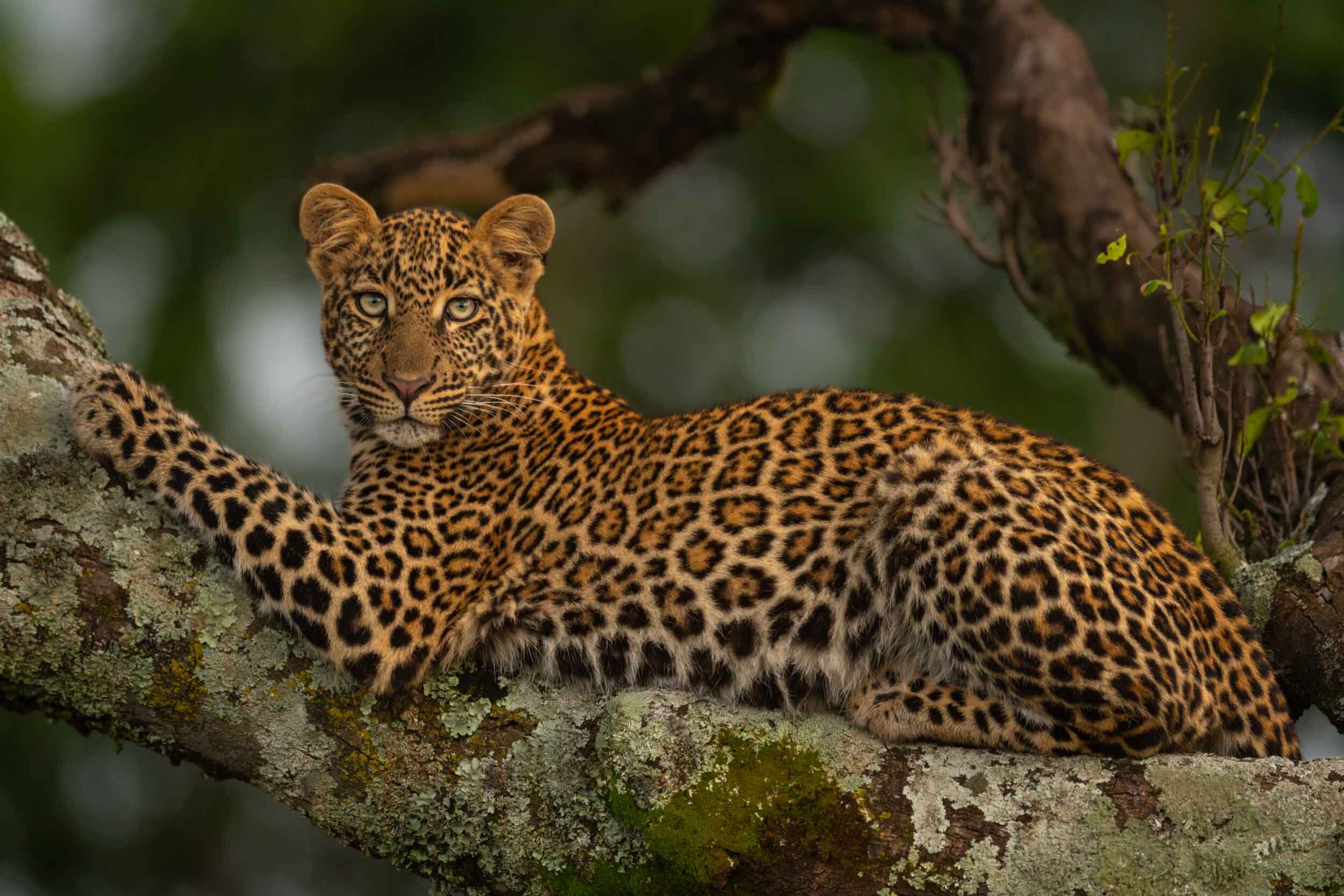
How to use Exposure Compensation
Whenever I teach people about exposure compensation, I always find myself using the example of a leopard in a tree: “The sky behind is bright, but the leopard is dark, so you have to use a stop or two of exposure compensation.”
The idea is to get the ‘right’ exposure for the subject when the camera is being ‘fooled’ by the bright background, but why does this happen?
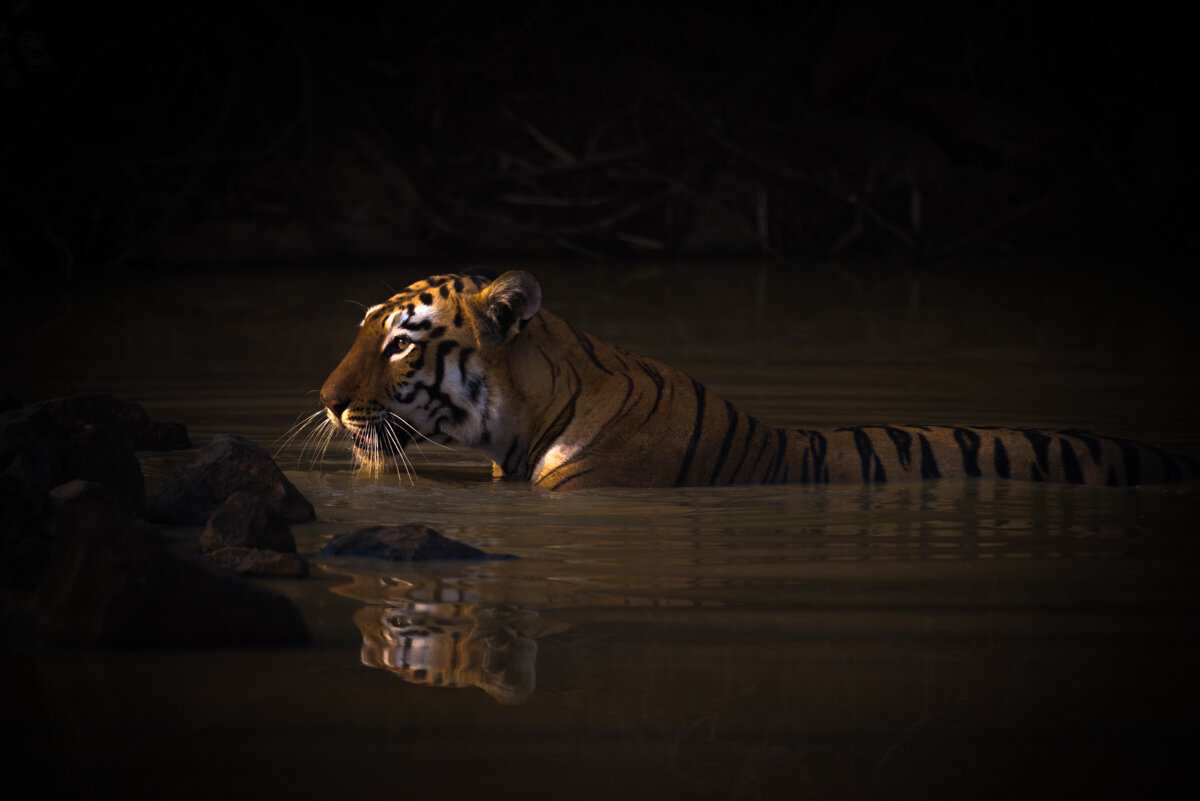
Nine Ways to Make Money from Wildlife Photography
The obvious question for a lot of amateur photographers is ‘How do I make money from wildlife photography?’ The answer is that I’m still trying to work it out! All I can do is tell you what I’ve done myself and give you a few ideas.
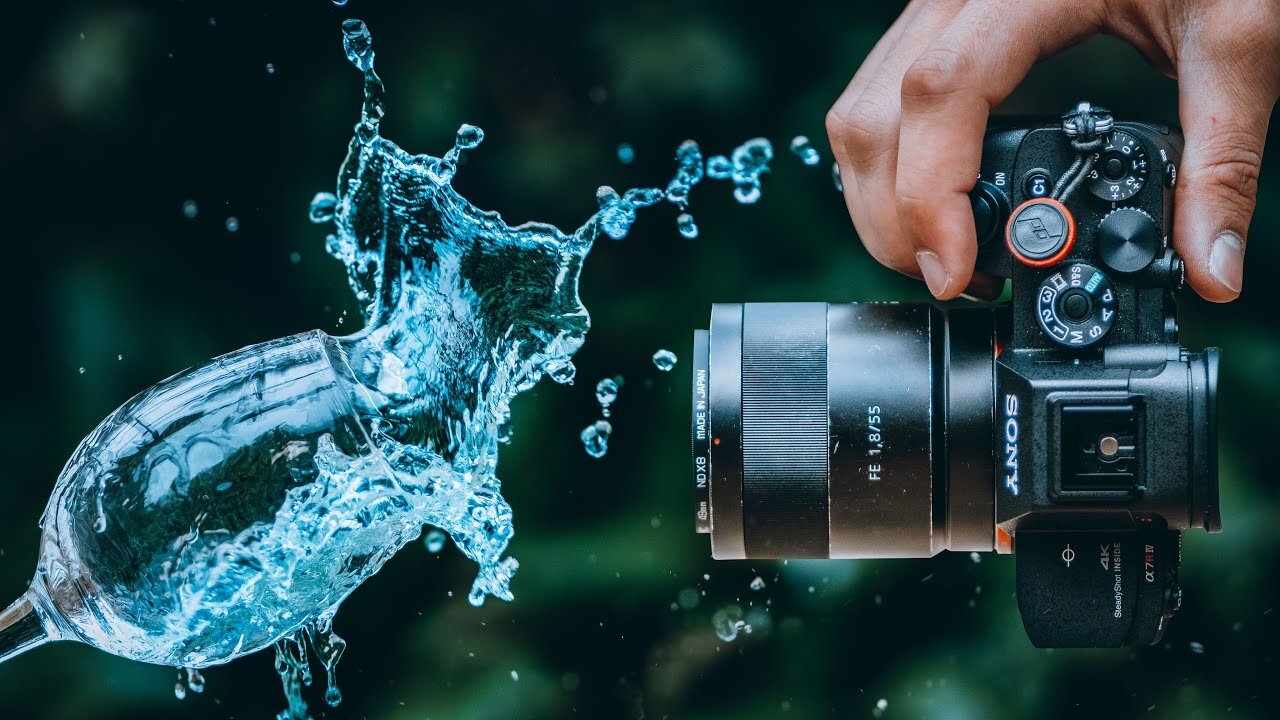
Guest Post: The Work of a Photographer
Photography is a field that is gaining more and more popularity every year. It's no wonder that almost anyone can take pictures today - all you need is a mobile phone with good optics.
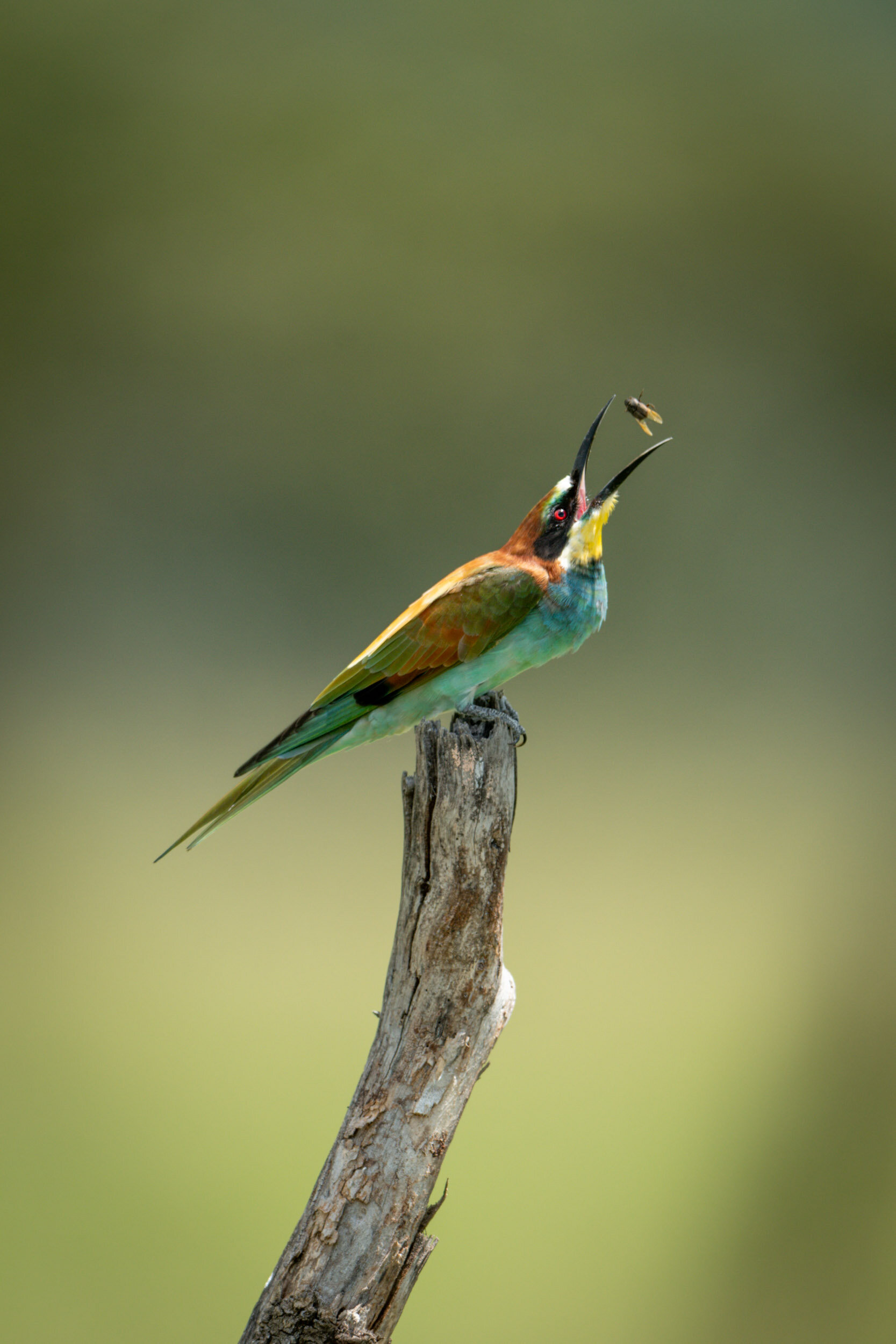
Every Picture Tells a Story: Fly Bee
I’m a wildlife photographer, and this is one in an occasional series of posts about my favourite photographs. I’ll tell you how I took them and break down the shot into the idea, the location, the equipment, the settings, the technique and any post-processing.
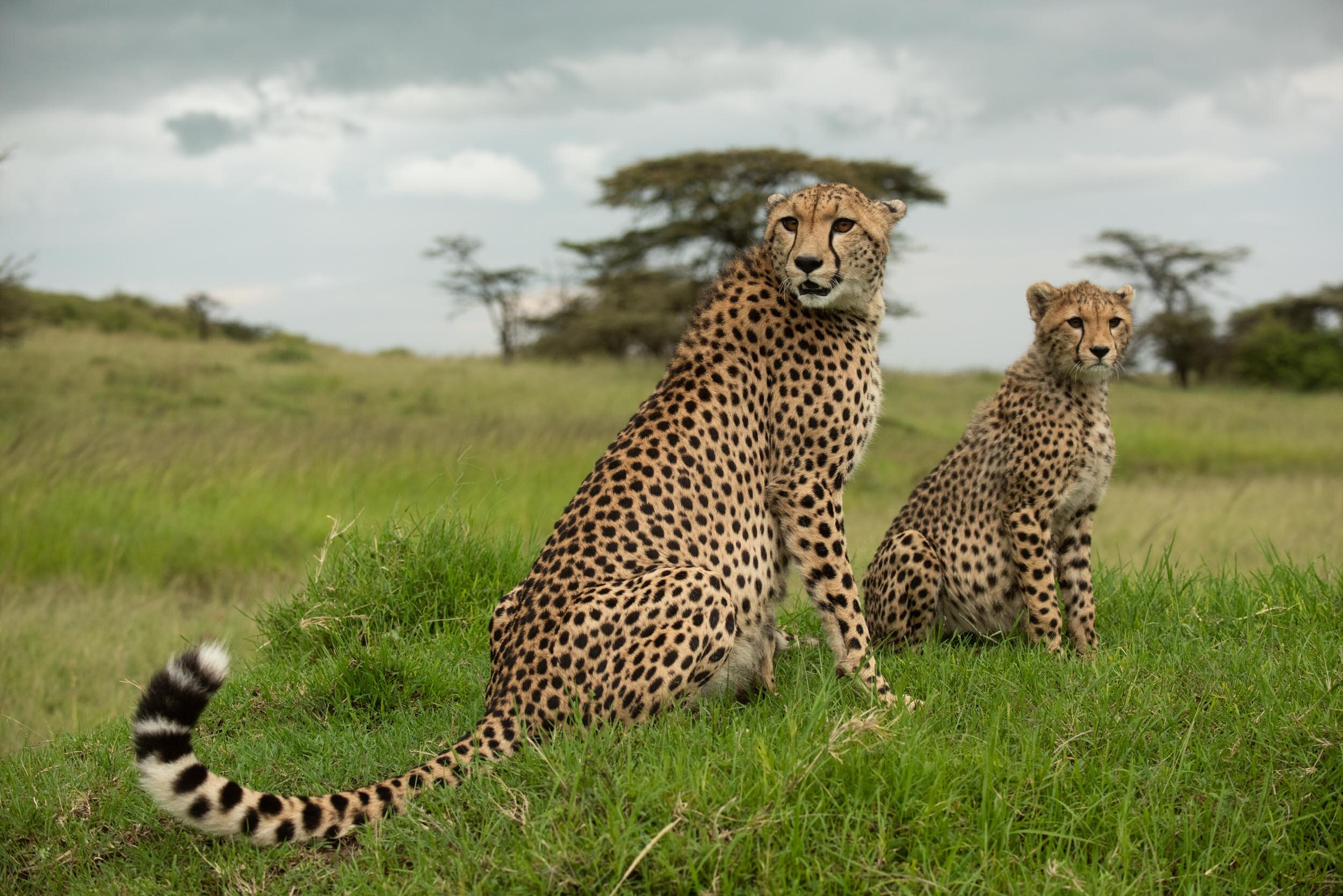
Kicheche Bush Camp
I’ve just come back from 10 days at Kicheche Bush Camp with Paul Goldstein. It was meant to be a week-long Exodus trip, but when that was cancelled due to the new Covid restrictions, I booked privately with Paul, and I’m so glad I did!
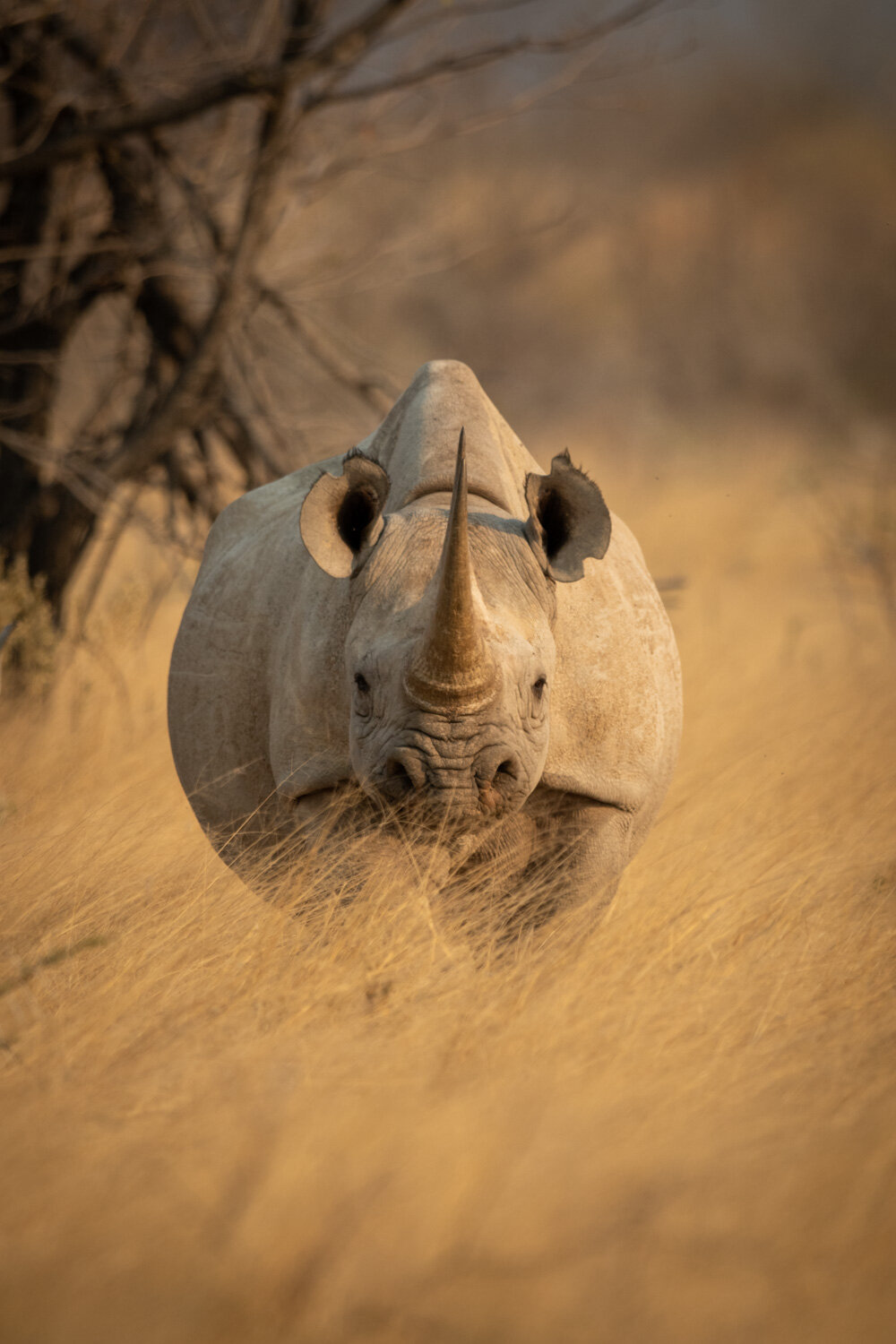
2020: A Journal of the Plague Year
The year 2019 was a stand-out year for me when it comes to my photography career: being able to spend four months on safari in Tanzania and Kenya was a spectacular result - and all because I happened to read an online article about a photographer who’d managed to spend a whole year staying at lodges in Africa in exchange for taking pictures. Who knew it was even possible?!

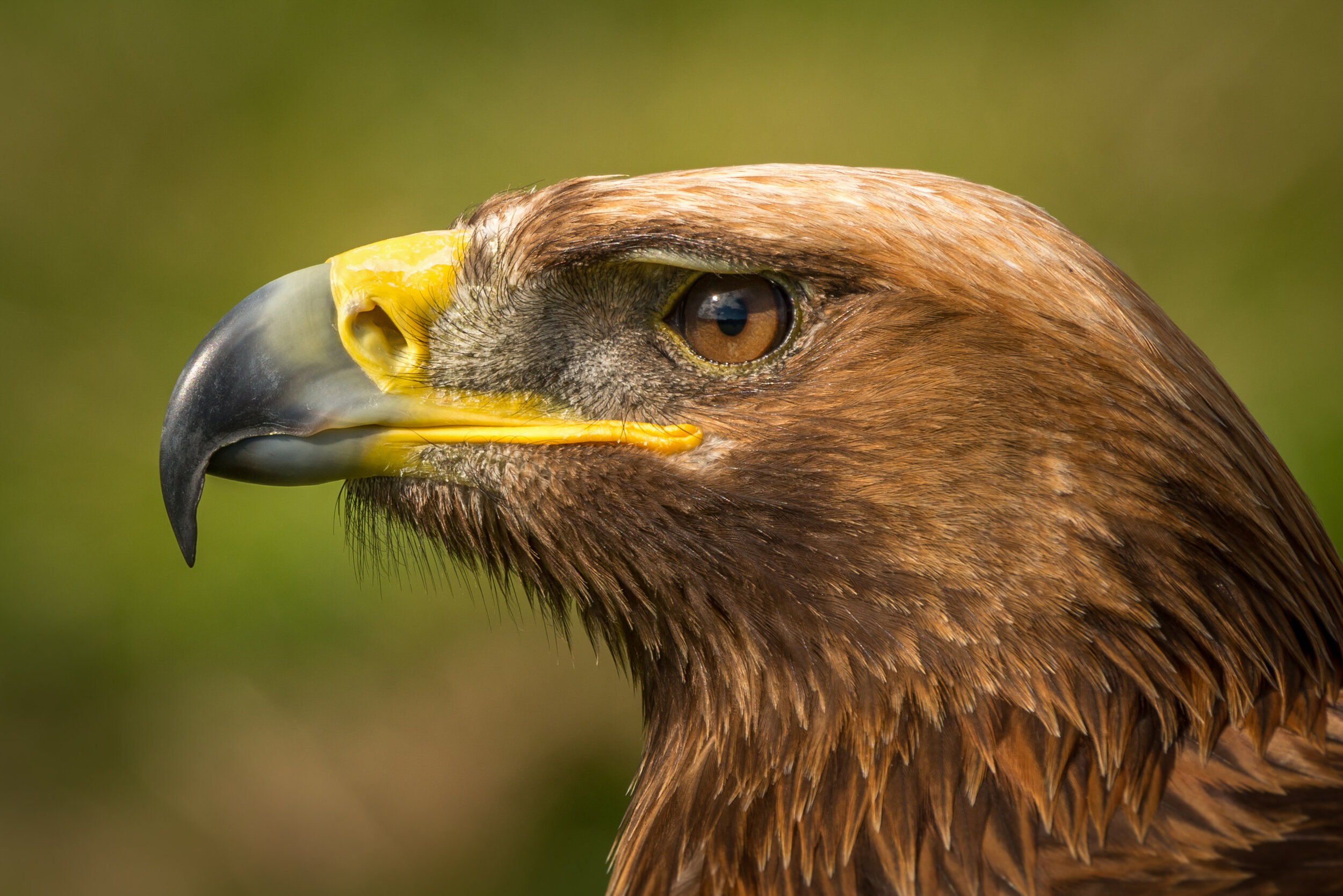
My Top 10 Birds
I’ve taken pictures of well over 200 birds around the world, so it’s been very tricky narrowing down the list to just ten. In the end, I had to cheat by broadening the definition of ‘bird’ from species to something like ‘genus’ or ‘family’.
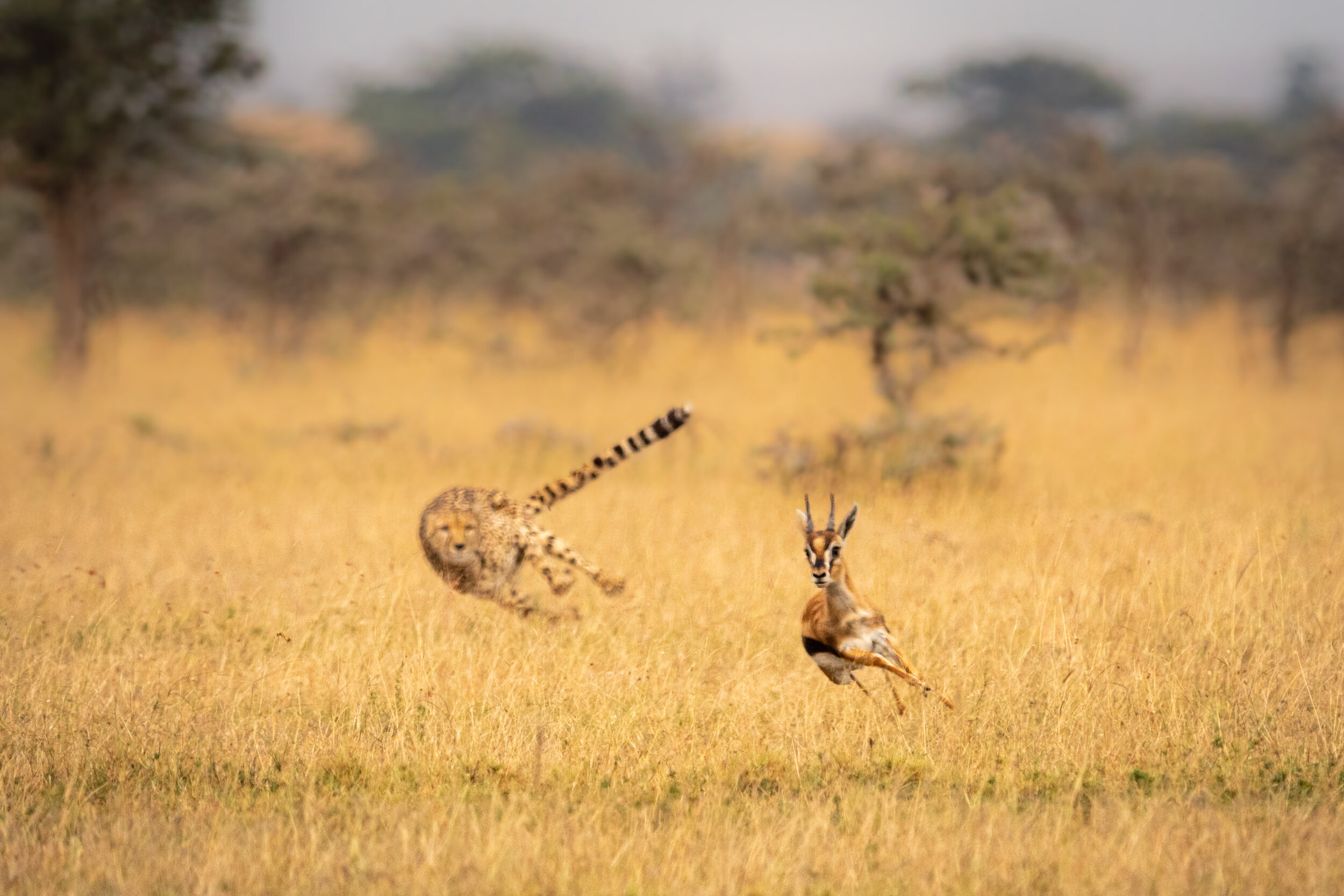
My Top 10 Animals
The hippo is not one of my favourite animals. I just want to get that out of the way right at the start. They spend most of their time submerged up to their snouts in water, and it’s very difficult to get a decent picture of any of them.
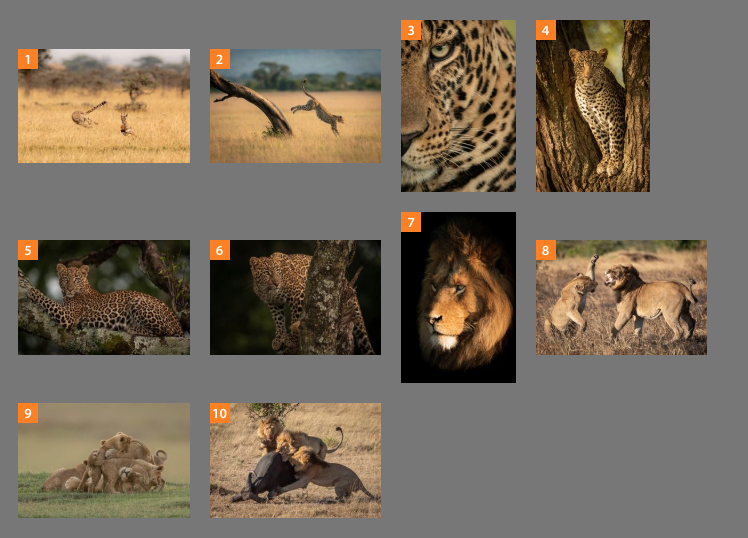
Lens Culture Submission Review
I’ve just received a free Submission Review by a LensCulture photographic expert. The images are shown above, and this is the review.
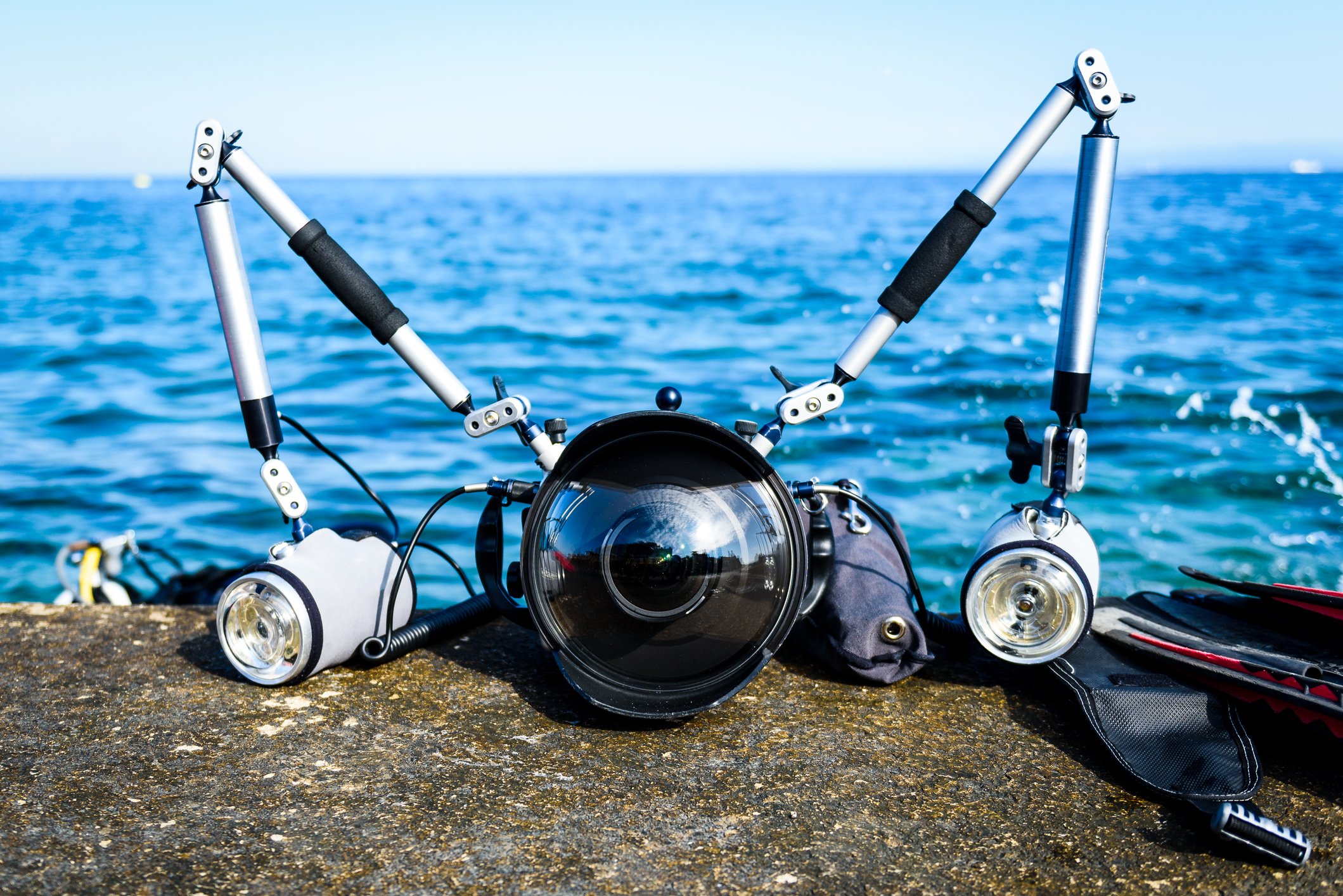
Guest post: Seven Tips that will Turn your Hobby into a Profession
Can you turn your photography hobby into a profession? The fact is that professional photography is in high demand. It’s an exciting time for hobbyists, but before you take the plunge into the professional world, have a look at a few professional photography tips to help kick start your career.
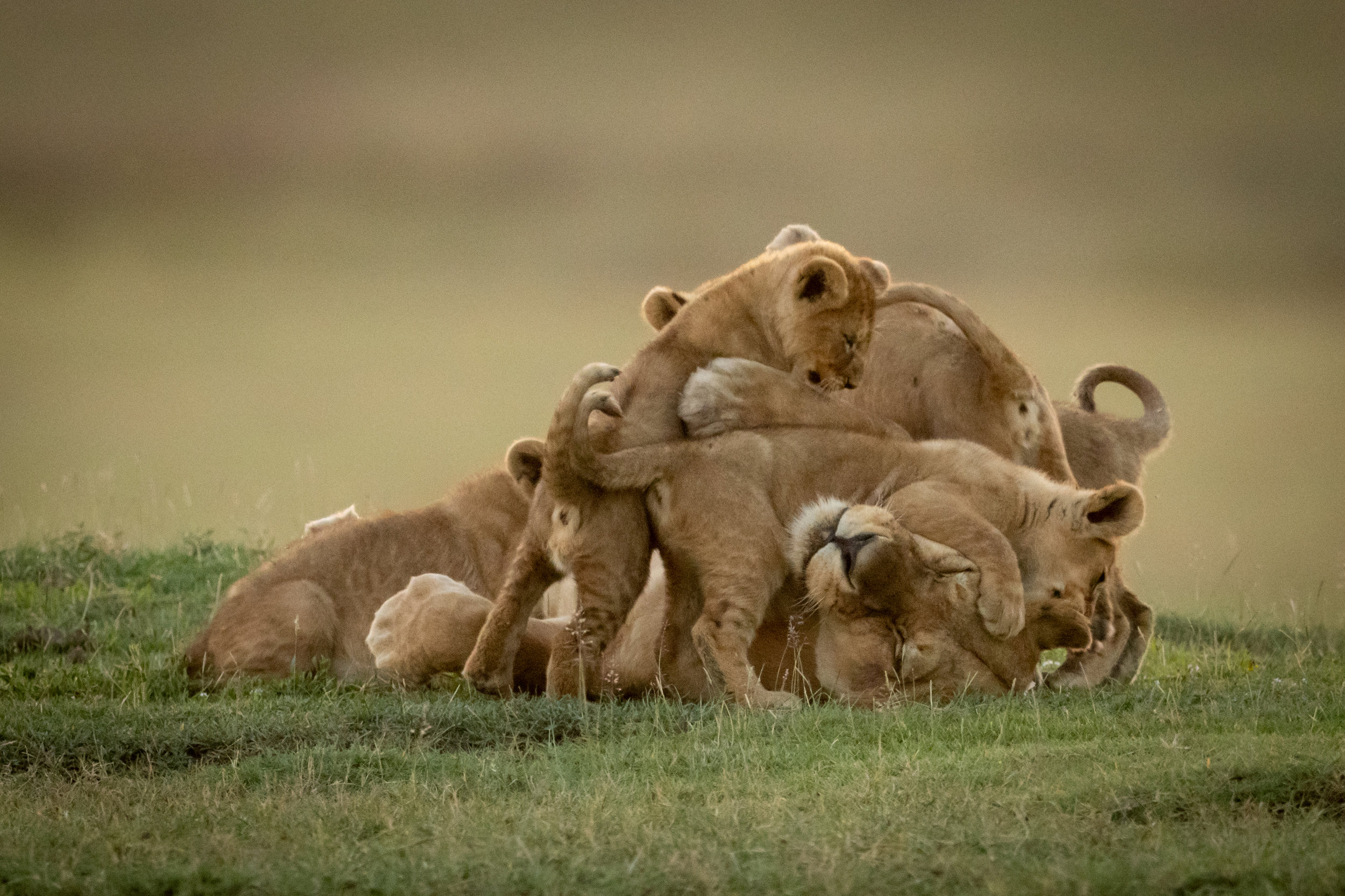
Fun Facts on Safari
Here’s what I learned about the bush from my guides over the last four months…
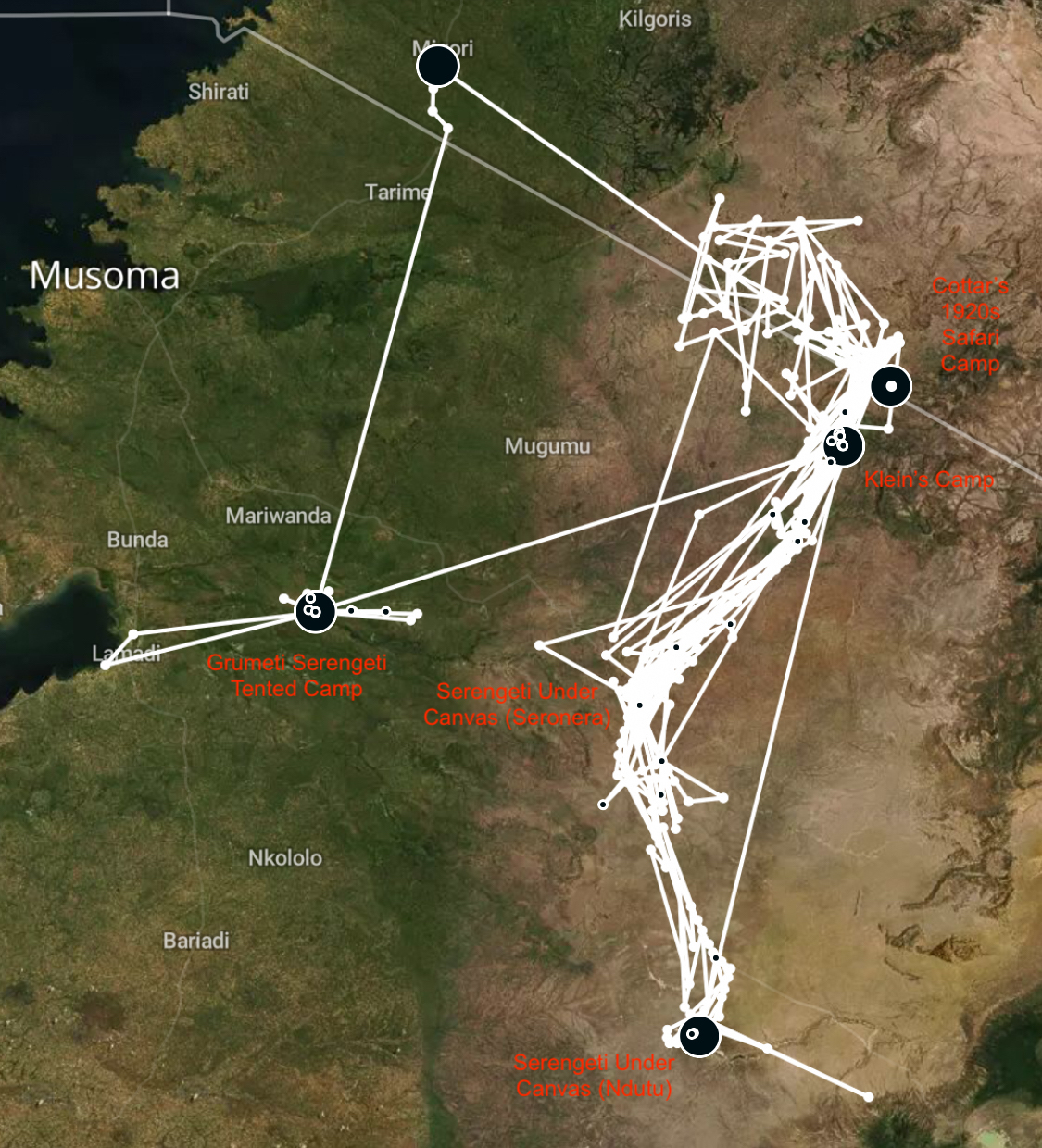
Facts and Figures from my Africa Trip
My trip to Africa came about when I happened to read an online article about a guy who’d managed to wangle himself 365 nights of accommodation in exchange for taking pictures. I thought to myself, “I could do that!”, so I Googled ‘safari lodges in Kenya and Tanzania’, sent off 50 emails and waited to see what happened. After only a couple of weeks, I had 17 invitations!
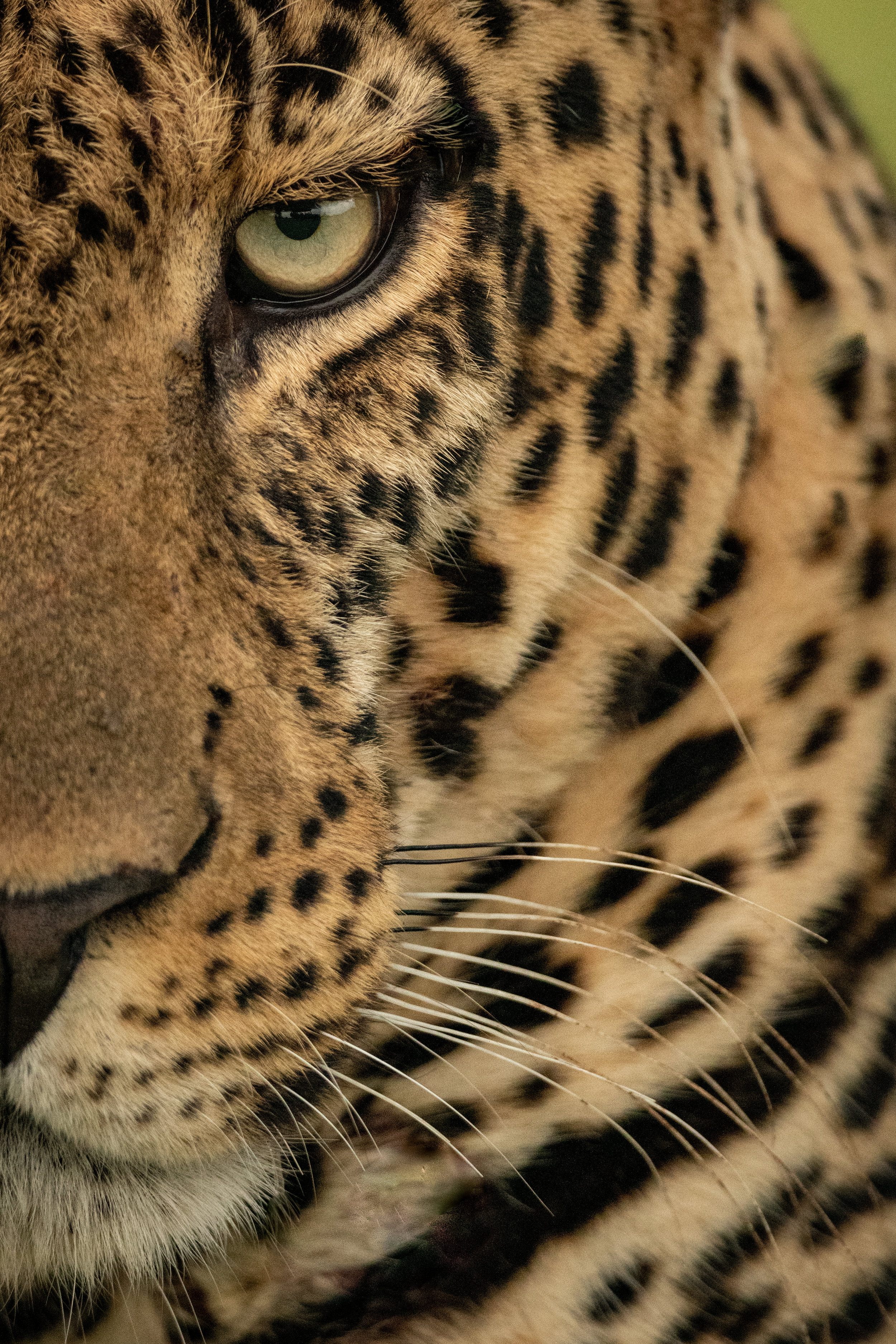
Cottar's 1920s Safari Camp
Cold, grey and wet. The weather at Cottar’s when I arrived on 28 May wasn’t great, and it didn’t get much better until a few days before I left on 30 June.
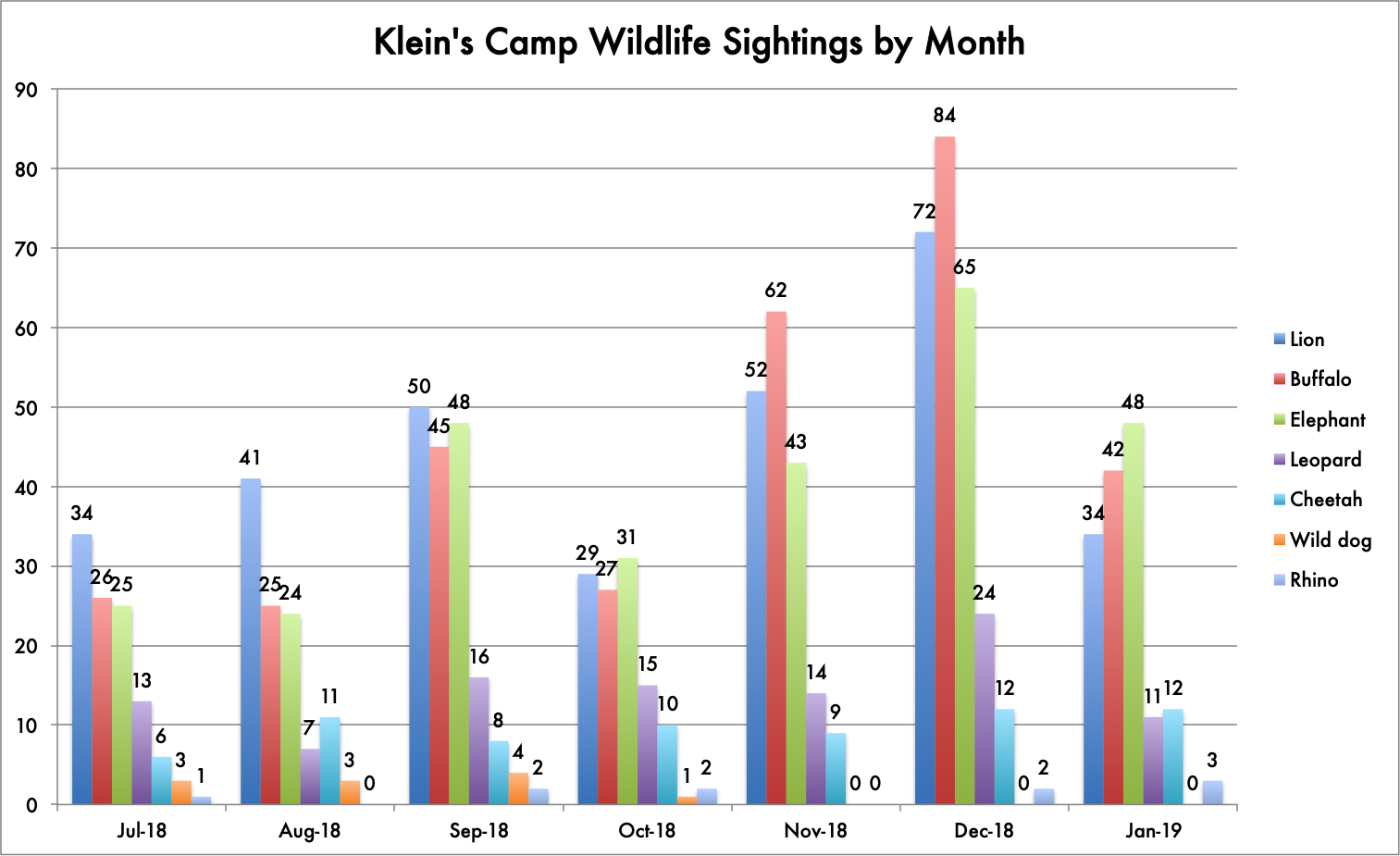
Wildlife Sightings
The only question that really matters when you’re on safari is “Will we see X?” Now, ‘X’ may be a lion, a cheetah, a kill or a wildebeest crossing, but the frustrating bit is that you never get a straight answer.
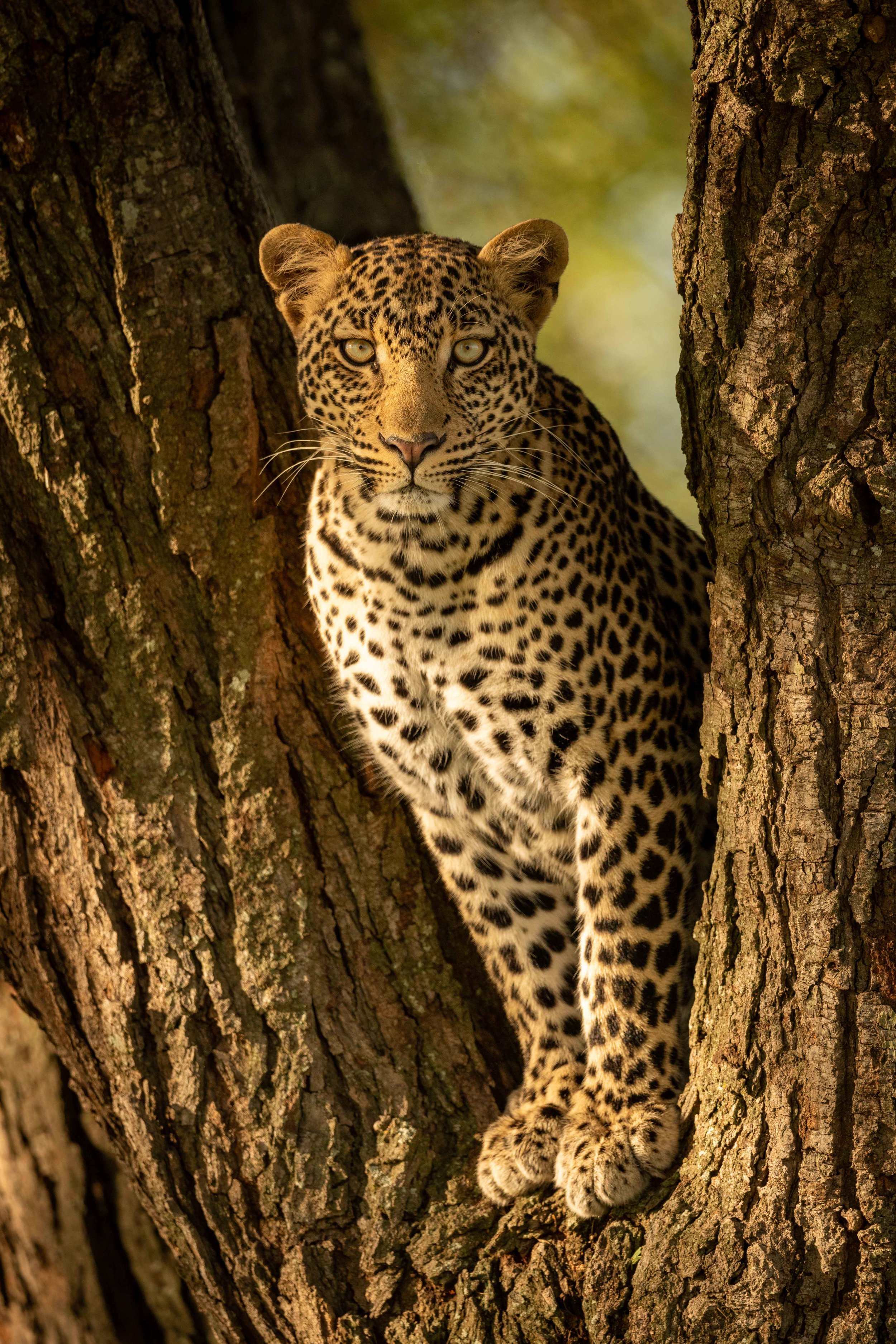
Grumeti Serengeti Tented Camp
My time at Grumeti started off with a few frustrations and disappointments, but it all came right in the end…!
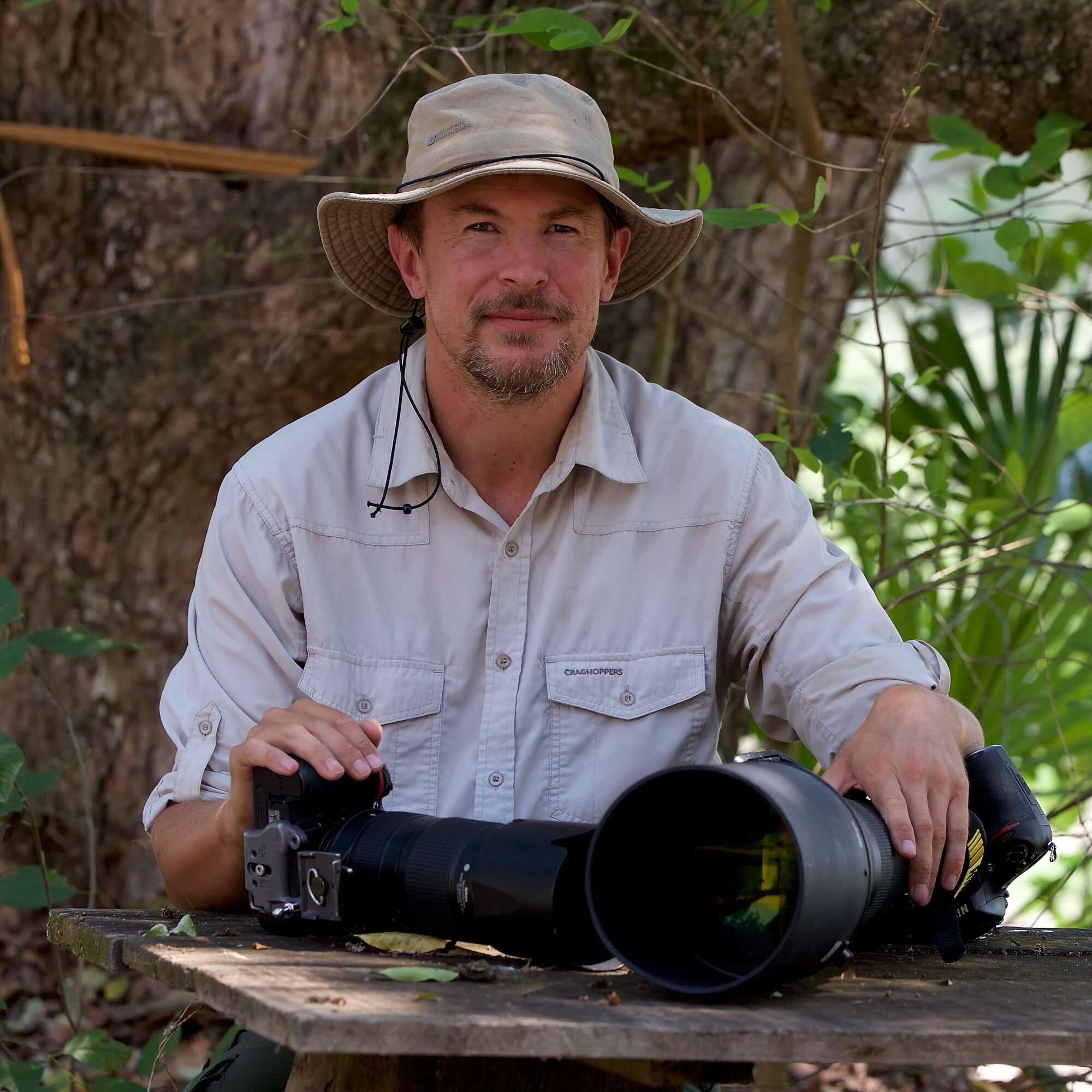
My Top 20 Wildlife Images
I recently joined the Society of International Nature and Wildlife Photographers (SINWP), and one of the first things I did was to apply to join their mentoring programme. The criteria they use to rate the images are as follows…
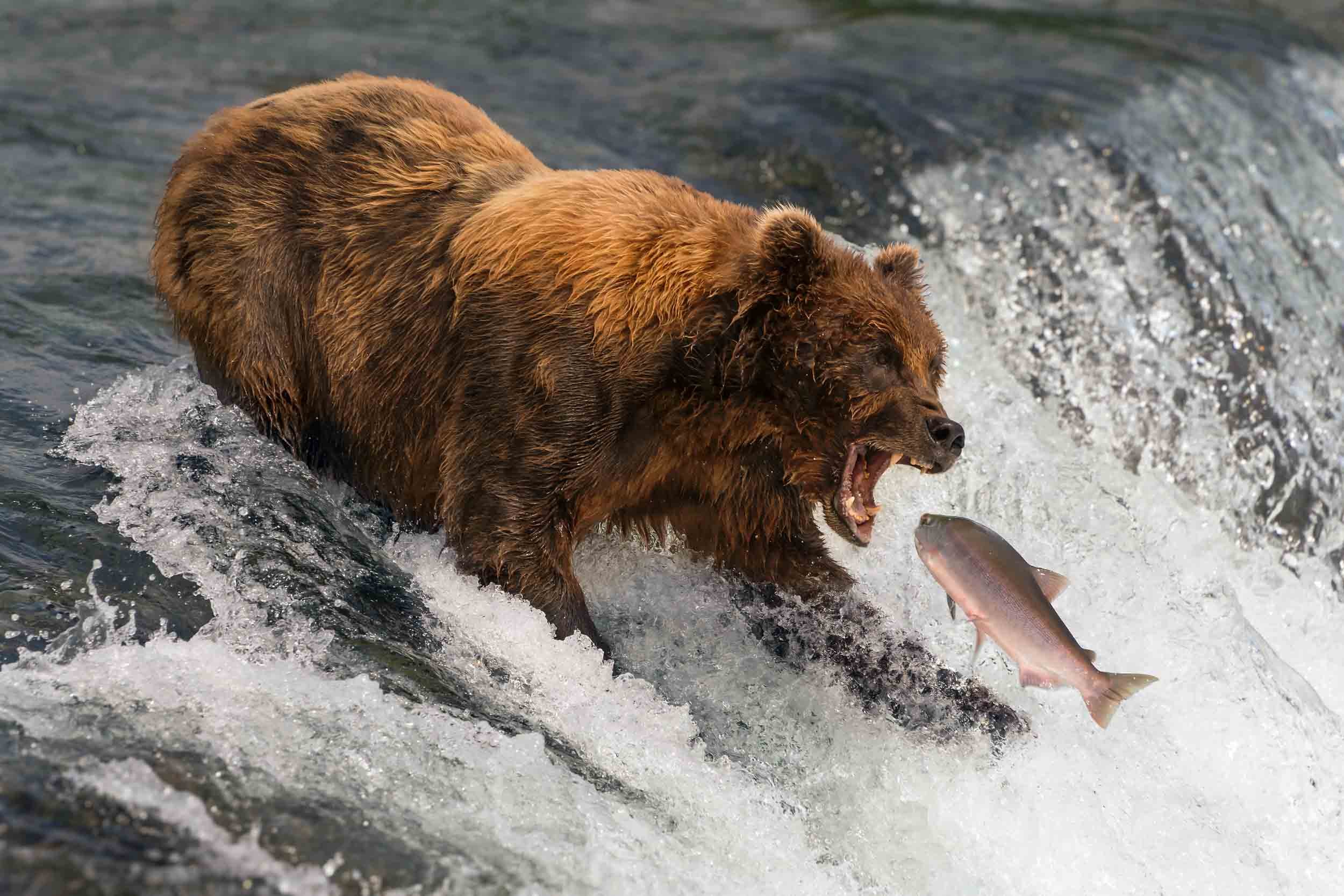
Don't Poke the Bear!
Twenty years ago, I was staying with my best friend Mark in Golders Green and found myself chatting with his mother. She was in her seventies, but I politely asked if she'd been anywhere nice recently.
"Yes," she said, "I've just come back from watching the bears catching salmon in Alaska."
That'll teach me...!


Every Picture Tells a Story: Red Xmas Tree Star with Bokeh Lights
I live in an Art Deco mansion block in Putney, and every year the porters put a Christmas tree in the entrance hall.
